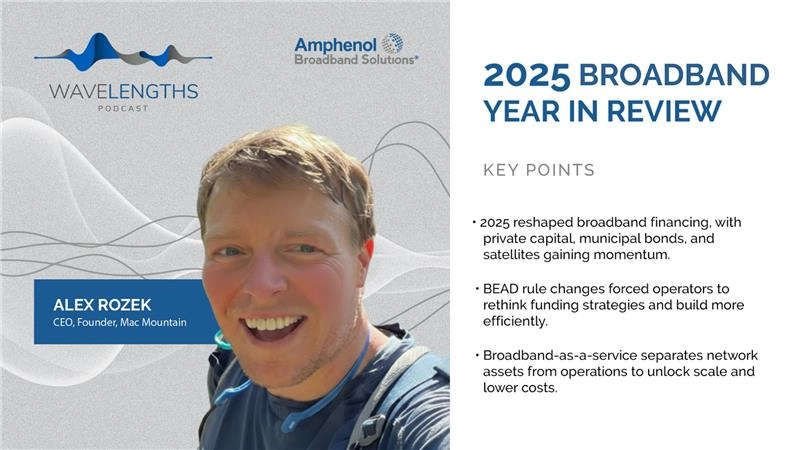Cities are Learning How to be Creative in Funding Smart City Transformations
Cities are dynamic places. They are made up of different kinds of people, buildings, modes of transportation and businesses. As these urban areas enter a new generation that includes smart technology, both the public and private sectors will play an important role in the transformation of daily life.
Chelsea Collier, an Editor for Smart Cities Connect, is part of the team that brought professionals from many different backgrounds together for the organization’s conference in National Harbor, Maryland.
In the last four years Collier has noticed an increased level of awareness and interest in the development of smart cities in the U.S. but says that this country faces challenges unique to the leaders in movement globally. However, the U.S. is also fortunate to have several advantages, which the conference hopes to make more prominent.
“There’s no one size that fits all, which I think is the greatest complexity for the U.S. but it’s also the greatest opportunity because we can be very entrepreneurial and very creative about it,” Collier said. “We just have to have the people think that way and then the structures, the policies, the institutions will follow.”
More than advancements in technology, it will be an increase in collaboration that could bring smart cities to life faster in the U.S.
“Change happens at the speed of trust,” Collier noted.
There is much to do before innovations like augmented or virtual reality become an accessible tool for the public, but at this year’s Smart Cities Expo, there were plenty of reasons to believe the work is underway.








